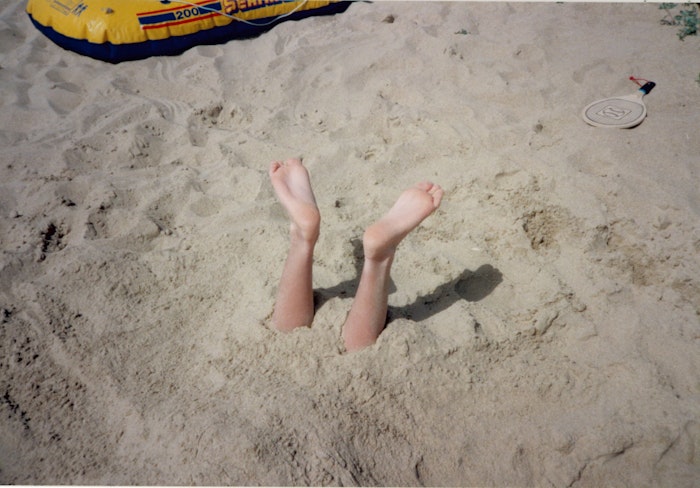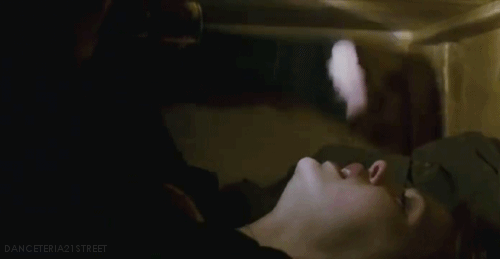Kai Witnesses His Sister's Victory by Seven Tenths of a Second
The journey to victory was not easy for Saya Sakakibara. The trauma of her brother’s BMX accident haunted her for months before the Tokyo Games. Her own crash at those Games shattered her dreams and left her hospitalized. Another accident a year later triggered lingering concussion symptoms.
Despite these challenges, Saya nearly gave up but chose to persevere. She rebuilt her confidence, pushed through her fears, and trained relentlessly. Just three days before the competition in Paris, she tested positive for Covid-19, another setback that could have ended her Olympic dreams.
"Initially, my heart sank. I couldn’t believe it. This was supposed to be my Olympics," she said.
Yet, Paris became her Games. On a lively Friday evening at the Saint-Quentin-en-Yvelines stadium, the 24-year-old claimed gold in the women’s BMX racing event.
While rest and medication helped her recover from the virus, the initial dismay lingered. “Your mind goes to the worst-case scenario, thinking you’ll miss the event. But I still had time on my side.”
On Friday, the clock was her ally. Racing four times around the course, with a steep start, bumpy straights, and banked corners, she dominated each race. In the final run, she outpaced the second-placed Manon Veenstra from the Netherlands by seven tenths of a second.
From adversity emerged triumph and gratitude. Tears glistened on her cheeks as she celebrated her victory, reflecting on her journey since Tokyo and her brother Kai’s accident.
Saya’s brother, Kai, a promising BMX racer, suffered a severe brain injury while racing in 2020. Her family has supported his slow recovery since.
“Those moments made me dig deep and reconnect with BMX,” she said.
In front of her family and Kai, Saya’s triumph followed a notable performance by French riders in the same BMX arena. Her boyfriend, Romain Mahieu, who won the men’s bronze, expressed his joy for her victory.
“I’m happier for her than for myself. She almost gave up a few years ago, and now she’s an Olympic champion,” he said.
Saya’s coach, Luke Madill, noted her significant progress in recent months, overcoming fears triggered by past injuries.
“If conditions aren’t perfect, it can affect her, and we have to reset. But in the last few weeks, I’ve seen remarkable progress. I knew we were onto something special,” he said.
Saya’s biggest fear became not meeting her own expectations. “I knew I was the fastest rider here. I just had to commit and believe in myself. The evidence was there,” she said.
After several near misses at major championships, Saya wondered if she was cut out for it. “I was worried I’d never get those big wins. I just wanted to be proud of my performance, and I definitely achieved that.”
Now, she embraces the setbacks as part of her journey. “I wanted that fairytale ending in Tokyo. Not getting it was heartbreaking, but it was an experience I needed.”




